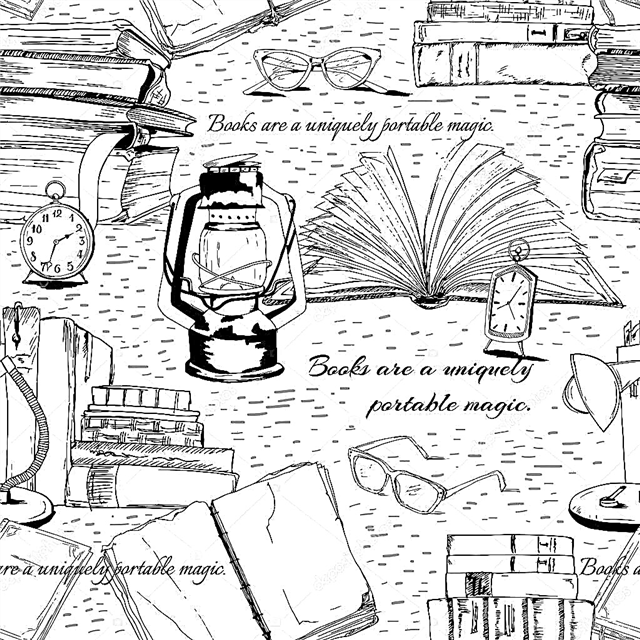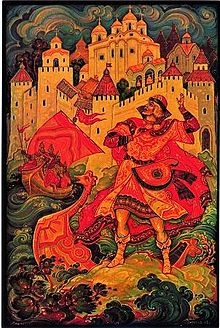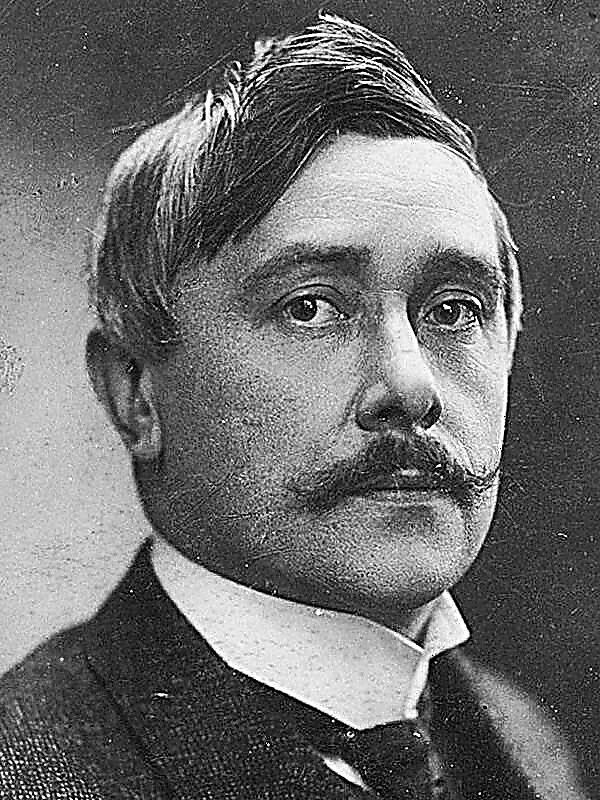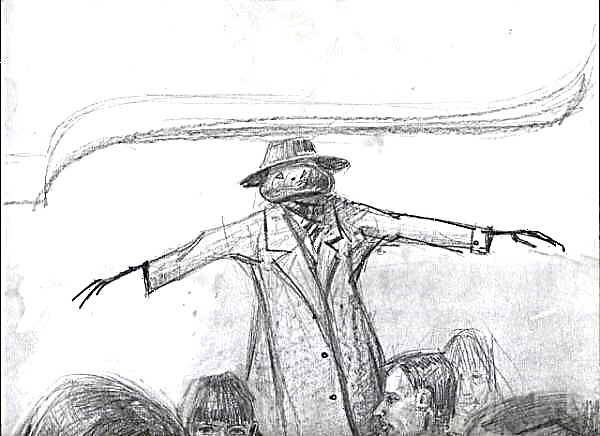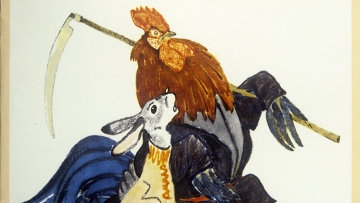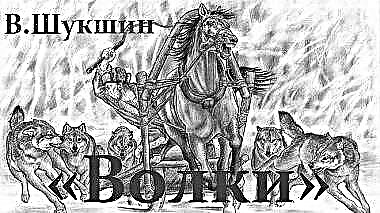A. Akhmatova is a special lyric poet, endowed with the gift of penetrating those nooks and crannies of the human soul that are hidden from prying eyes. Moreover, this soul, rich in feelings and emotions, is female. The main feature of her work is considered to be the creation of a fundamentally new love lyrics, revealing to the reader the original character of a woman.
History of creation
The poem "Gripped her hands under a dark veil ..." was written by Akhmatova in 1911, during her early work. It was included in the first poetry collection of the poet "Evening", reflecting the ideological orientation of the book as a whole. At the beginning of her career, Anna Andreevna participated in the poetic association “Workshop of poets”, recited her poems on the “tower” of Vyacheslav Ivanov, and a little later joined the acmeists. Belonging to the acmeistic trend is reflected in her lyrics, especially in the collection “Evening”, in which the main theme becomes love drama, a clash of characters, often turning into a demonic game. Tragic motives, contrasting images, their objectivity - all this is characteristic both for acmeism as a whole and for the work of Akhmatova.
“She squeezed her hands under a dark veil ...” is a poem written by Akhmatova a year after their wedding with Nikolai Gumilev. It has no dedication, but it is an ideal example of psychological lyrics, reflecting aspects of complex human relationships and personal experiences.
In 1911 - 1912 Akhmatova travels to Europe. Travel impressions affect the poems of her first collection, leaving an imprint of disappointment and rebellion on them, characteristic of a romantic worldview.
Genre, size, direction
“She clasped her hands under a dark veil ...” is a work of the lyrical genre, which is characterized by the transfer of subjective impressions and experiences, a reflection of the fullness of feelings, built on emotionality and expression.
The poem is written by anapaest - a three-syllable poetic size with an emphasis on the last syllable. Anapest creates a special melody of the verse, giving it a rhythmic originality and dynamics. The rhyme type is cross. Strophic division is carried out according to the traditional pattern, representing a quatrain.
Creativity Akhmatova falls on the first half of the 20th century, conventionally called Silver. In the 1910s. a fundamentally new aesthetic concept was developed in literature and art, called modernism. Akhmatova belonged to the Acmeist movement, which became one of the main trends in the modernist direction. The poem “She squeezed her hands under a dark veil ...” is written in the traditions of acmeism, it reflects the drama of feelings through the specifics of things, creating a subjective image based on dynamic details.
The image of the heroine
The lyrical heroine of the poem is experiencing a love drama, which herself involuntarily leads to a tragic denouement. It is not known who is responsible for the break, however, the heroine blames herself for the departure of her lover, noting that she “watered” her beloved’s heart with sorrow, causing him pain.
The poem is subject to plot because it is filled with movement, both mental and physical. Repenting of what happened, the heroine recalls the face and movements of her lover, full of suffering. She seeks to stop him by running down the stairs, "without touching the railing." But the attempt to catch up with the passing love only aggravates the pain of loss.
Shouting at the hero, she confesses with all sincerity: “The joke is all that was. You leave, I will die. " In this impulse, she shows all the power of her feeling, which she refuses to let go. But he rejects the possibility of a happy ending, throwing her an insignificant phrase. The fading of love relationships is inevitable, because her guilt before the hero is too great. In the final remark of the beloved, the heroine hears, albeit bitter, but calm indifference. The dialogue of heroes is probably the last.
The true tragedy of the images and situation gives the color scheme and image dynamics. Events succeed each other with frame accuracy, each of which has a detail that determines the state of the characters. Thus, the dead pallor of the heroine contrasts with the “black veil” - an ornament symbolizing sorrow.
Themes and Issues
The problem of the poem is undoubtedly love. Akhmatova is a master of love lyrics, which contains deep psychologism. Each of her poems is a brilliant composition, in which there is a place not only for personal perception, but also for the storyline.
“She squeezed her hands under a dark veil ...” is the story of the rupture of two loving people. In a small poem, Akhmatova raises a number of problems related to human relationships. The topic of separation leads the reader to the problem of forgiveness and repentance. Loving people tend to hurt each other in a quarrel with insulting and cruel words. The consequences of such recklessness can be unpredictable, and sometimes sad. One of the reasons for the separation of the heroes is resentment, the desire to hide true feelings under the guise of indifference to the grief of another. Indifference in love is one of the problems of the poem.
Meaning
The poem reflects the impossibility of finding happiness and love harmony where misunderstanding and resentment reign. The insult caused by a loved one is experienced the hardest, and mental stress leads to fatigue and indifference. The main idea of Akhmatova is to show the fragility of a love world that can be destroyed with just one incorrectly or roughly spoken word. The inevitability of a tragic denouement leads the reader to the idea that love is always the acceptance of another, and therefore forgiveness, rejection of selfishness and ostentatious indifference.
The poetess, who became one of the symbols of her generation, for the first time showed the universal character of women's feelings, their fullness, strength and such a dissimilarity to the motives and problems of male lyrics.




